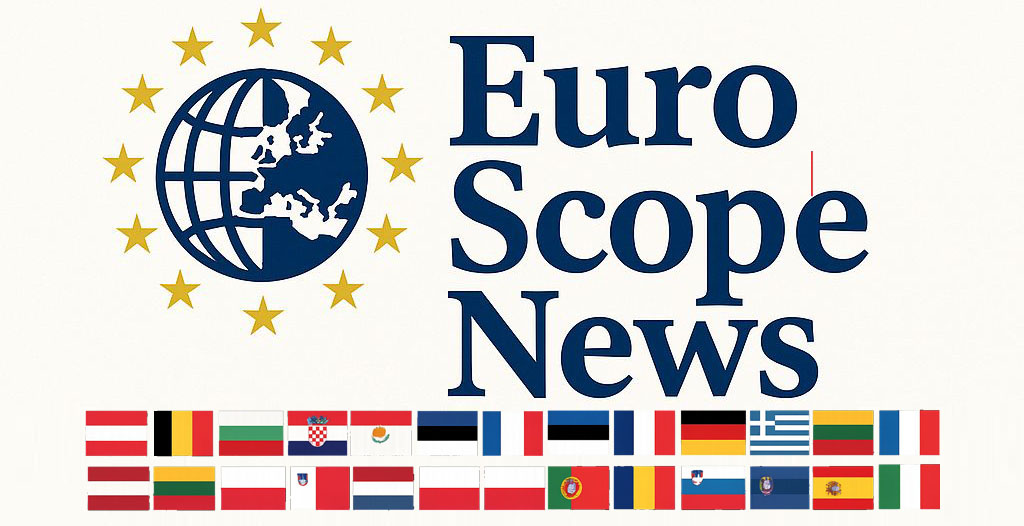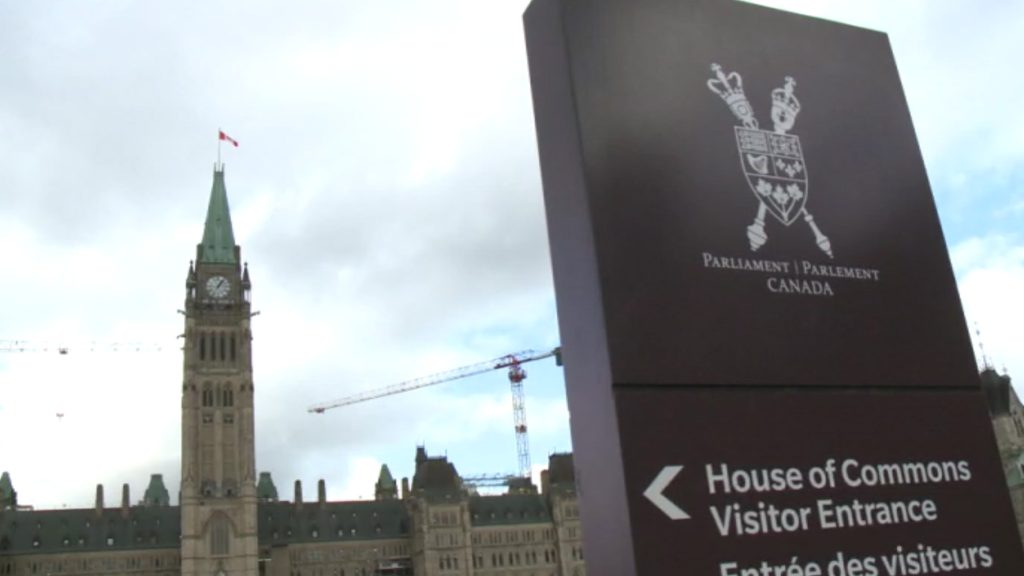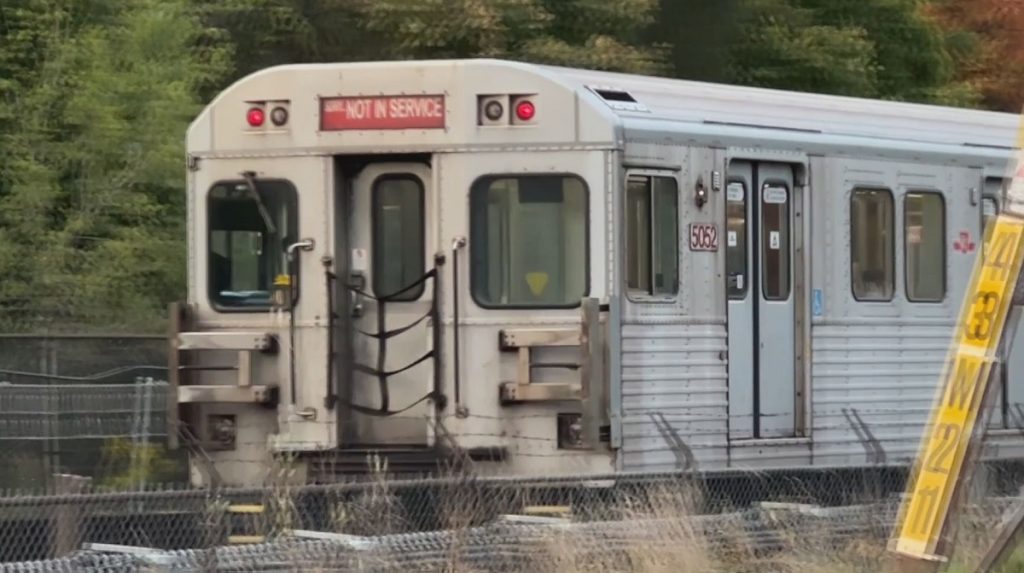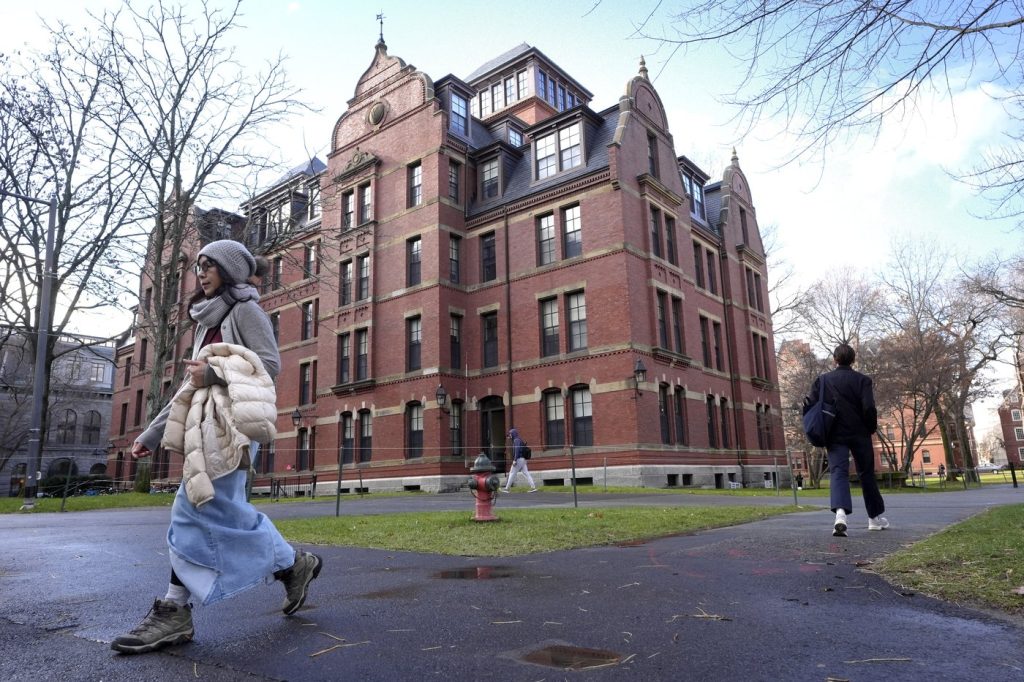WELLINGTON, New Zealand — The New Zealand government announced a significant increase in military spending on Thursday, allocating 2.7 billion New Zealand dollars (approximately $1.6 billion) to replace aging military aircraft, including helicopters. This spending is part of a broader strategy to address the rapidly growing global tensions and an increasingly precarious security environment.
Senior officials, including cabinet ministers, emphasized the pressing need for this financial commitment, noting that New Zealand's military spending has historically lagged behind that of its allies in the Five Eyes intelligence-sharing group, which encompasses the United States, the United Kingdom, Canada, and Australia. The newly increased budget marks a shift in New Zealand's approach to the strategic competition arising from major powers in the Pacific region.
Foreign Minister Winston Peters expressed that the nation is facing the most formidable strategic circumstances in its modern history, which he believes are unprecedented since he entered Parliament in 1979. The allocation of funds for military planes and helicopters represents the first step in a government-led initiative unveiled in April to double defense spending from 1% to 2% of the country’s gross domestic product (GDP) over the next decade.
Within this military expenditure package, New Zealand intends to procure five MH-60R Seahawk helicopters, which will replace the current maritime fleet, along with two Airbus A321XLR aircraft. This acquisition will facilitate the retirement of aging Boeing 757s, which are over 30 years old and were already secondhand at the time of purchase. Officials stated that the helicopters account for more than NZ$2 billion of the overall spending.
Defense Minister Judith Collins announced that the government aims to expedite the procurement of helicopters directly through the United States’ foreign military sales program, forgoing a broader tender process. The cabinet is expected to review the final business case for this procurement in 2026. Collins acknowledged that acquiring new helicopters would take several years due to the logistics of the purchasing process, which entails waiting in line for the production of new aircraft.
When questioned about the purchase being a tactic to address the trade imbalance resulting from the tariffs imposed during the Trump administration, Collins clarified that she was unaware if New Zealand’s trade minister would utilize this military acquisition as leverage in negotiations for lower tariffs with U.S. officials. It is noteworthy that the same model of helicopters is utilized by Australia, the United States, and seven other nations.
New Zealand and Australia have recently committed to strengthening their military cooperation in response to the rising influence of China in the South Pacific. This region, once largely overlooked by many Western nations, is increasingly becoming a focal point for strategic competition, particularly as China seeks to expand its influence among Pacific leaders.
This evolving geopolitical landscape challenges New Zealand’s leaders, whose military deployments have historically centered around humanitarian and disaster response efforts. The rising call for increased military spending in a nation with a relatively low population of 5 million has posed a unique challenge for government officials, seeking to transition public perception of defense spending in a country considered geographically remote and largely peaceful.
Collins emphasized that geographical distance is no longer a protective factor for New Zealand and reiterated that defense capabilities cannot be neglected or delayed until a time of need arises. Current aging aircraft, including the Boeing jets that have frequently malfunctioned while transporting government officials, have underscored the importance of modernizing New Zealand's military capabilities amidst persistent challenges linked to recruitment shortfalls and maintenance of aging equipment.
The maritime helicopters that New Zealand is set to replace are the Seasprites, originally manufactured by American aerospace firm Kaman. The growing sense of urgency surrounding military modernization is indicative of a more proactive stance as New Zealand navigates the complexities of a shifting global security landscape.












